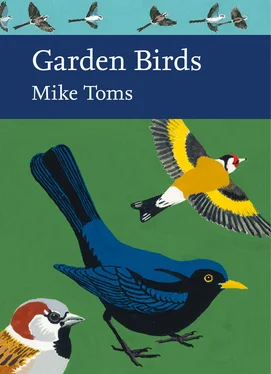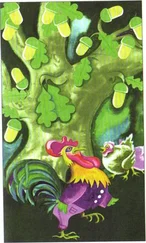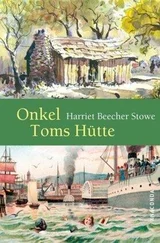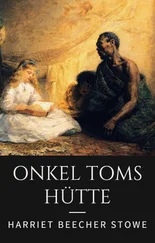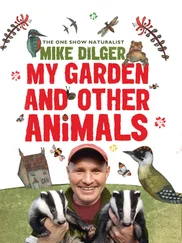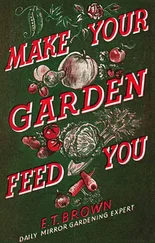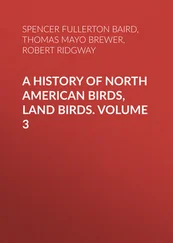Most small birds will rush to the available cover if a predator is detected nearby; at some point they must then make a decision to leave the safety that the cover provides in order to resume feeding. Several pieces of work demonstrate that this return to feeding is influenced by the age and status of the individuals involved. De Laet (1985), Hegner (1985) and Hogstad (1988) found that dominant Great Tits, Blue Tits and Willow Tits (respectively) typically would not leave the available cover until subordinate individuals had first done so. Some individuals will make use of the available cover more directly, for example by carrying food items from feeders into nearby cover for consumption. Research has demonstrated that the chances of a bird doing this increase as the distance to cover decreases, the size of the food item increases or if the individual is less dominant than other individuals that are also using the feeding stations. In the UK, Coal Tits will often remove food from feeding stations to consume elsewhere, presumably because they are some way down the pecking order.
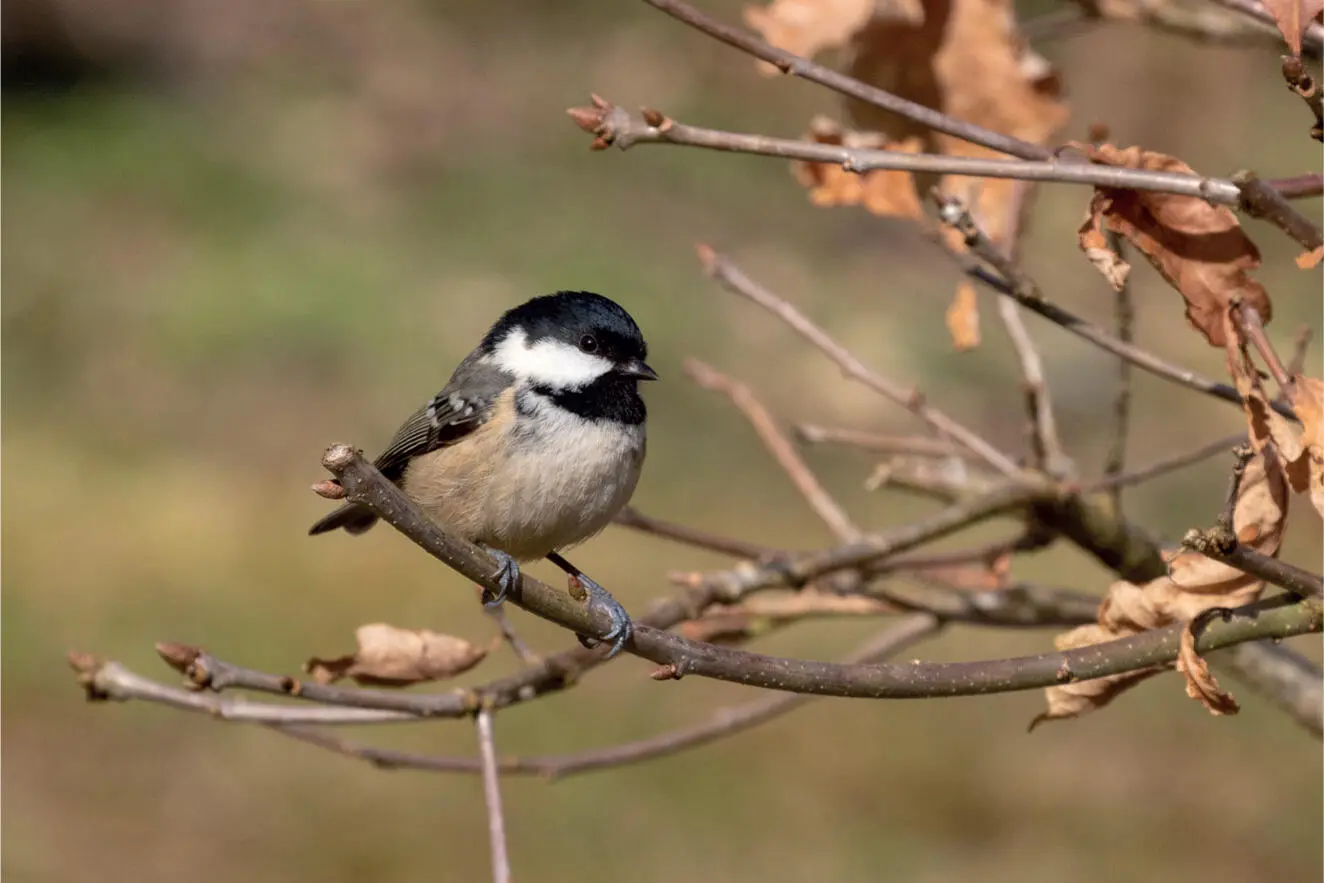
FIG 28. The small size of the Coal Tit, and its low ranking within the garden bird dominance hierarchy, may be one reason why this species often takes a seed from a garden feeding station to eat it in a nearby bush or shrub. It may also cache seed for use at a later date. (John Harding)
The balance of energetic demands, predation risk and competition from other individuals also shapes the time at which birds feed over the course of a day. We are all familiar with the dawn peak in feeding activity seen in garden birds here in the UK. However, this is not the only peak in activity seen at garden feeding stations, since many observers have reported a second peak towards late morning and a third just before dusk. Fitzpatrick (1997) examined these temporal patterns in feeder use by studying the birds visiting feeders in a Belfast garden. Her work, carried out during the winter months, revealed the patterns of activity at garden feeders for House Sparrow, Blue Tit and Great Tit. Although there were some differences between the three species, the broad patterns underlined the three peaks reported elsewhere.
The use of garden feeders may also be influenced by which other species are present, perhaps mediated through dominance hierarchies (see Chapter 6
), or because of individual behaviour. The use of camera traps and PIT tags (which allow the automated identification of individual birds) has enabled researchers to look at some of the factors that may modify the ways in which feeding stations are accessed. Galbraith et al. (2017b), for example, have been able to establish if individual birds are consistent in their use of supplementary food over time or whether use might vary seasonally. Working in New Zealand, the researchers found that although House Sparrows were numerous at monitored feeding stations, individuals were highly variable in their feeder use. In contrast, feeding station use by visiting Spotted Doves Streptopelia chinensis tended to be based around a core group of individuals who were highly consistent in their behaviour. Work carried out in the UK (Crates et al., 2016; Jack, 2016) has also reported variation between both species and individuals in their use of feeding stations.
THE USE OF GARDEN FEEDING STATIONS AND GARDEN TYPE
The extent to which garden feeding stations are used is shaped first and foremost by where the garden is located; put up a peanut feeder in a garden in the Scottish Highlands and you might just attract Crested Tit; place the same feeder in a garden in suburban Surrey and you won’t, but you might attract Ring-necked Parakeet. In addition to geography, the nature of the surrounding habitat will play its part. A rural garden in the east of England, surrounded by farmland, might receive visiting Yellowhammer and Reed Bunting Emberiza schoeniclus late in the winter when farmland seed supplies are very low, while one located next to a conifer plantation will be visited by Siskin and Coal Tit. We might therefore expect some general patterns to arise, indicating the likely garden bird community in gardens of different types and located within different landscapes. This is something that we have been able to examine by using data from BTO Garden BirdWatch (see Chapter 6
for more on this project). This work looked at the probability of occurrence in Garden BirdWatch gardens for 40 species (Chamberlain et al., 2004a). There were 26 species that showed a significant association with the habitat character outside of the garden and in most cases the probability of occurrence was higher in gardens located within rural habitats. For several species the probability of occurrence was very low in all but the most rural habitats (Pied Wagtail, Rook, Siskin – winter only – and Yellowhammer). Interestingly, there were some species that were more likely to occur in gardens located within more urbanised habitats, including: Black-headed Gull (medium and large gardens), Feral Pigeon, Magpie (large gardens), Starling and House Sparrow. Several species showed obvious peaks in their occurrence at intermediate scores, suggesting an association with suburban gardens; these included Coal Tit, Long-tailed Tit Aegithalos caudatus, Nuthatch, Treecreeper Certhia familiaris, Jay Garrulus glandarius, Magpie (medium gardens) and Bullfinch Pyrrhula pyrrhula.
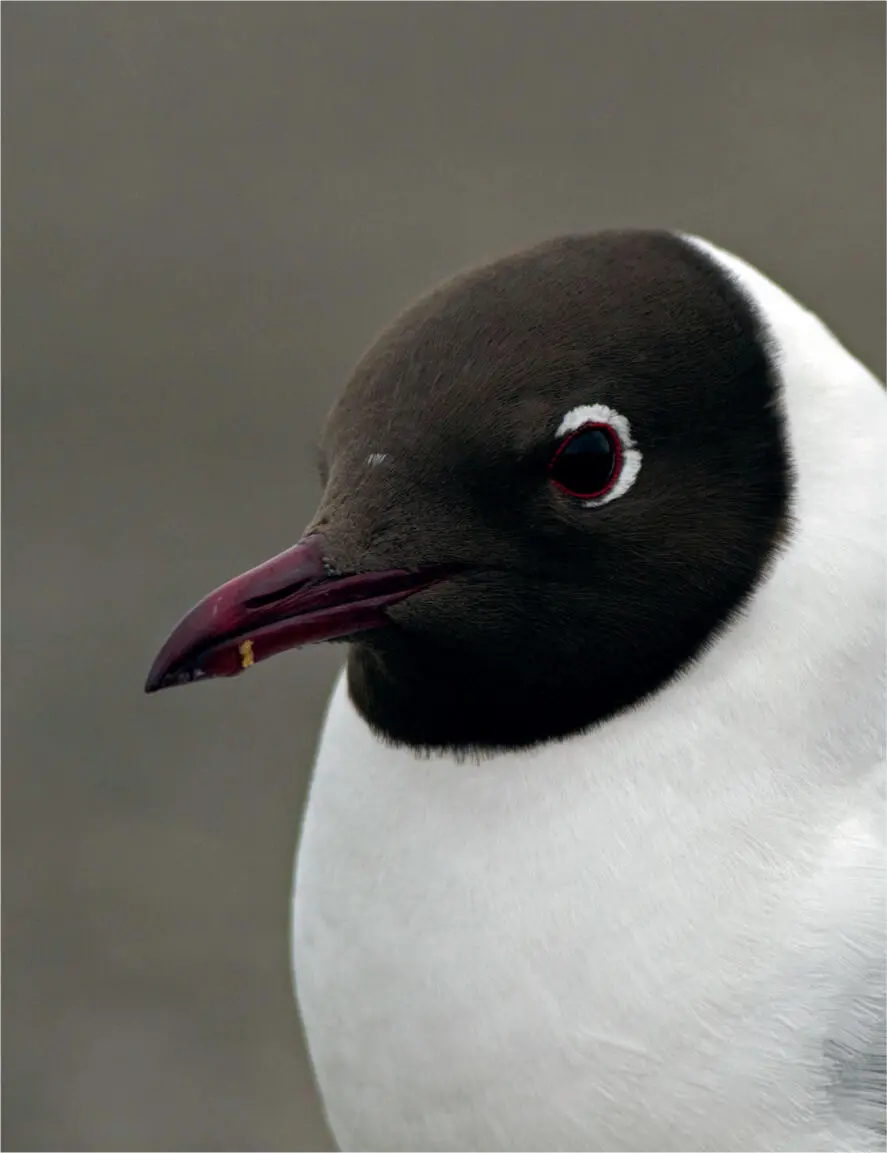
FIG 29. Black-headed Gulls are occasional visitors to garden feeding stations, rarely seen in summer when they have their characteristic chocolate brown heads, but sometimes forced to turn to gardens during periods of poor winter weather. (John Harding)
THE USE OF GARDEN FEEDERS IN RELATION TO WIDER AVAILABILITY OF FOOD
As we have just touched on, the use of garden feeders by seed-eating birds is likely to be influenced by the availability of favoured seeds within the wider environment. This is likely to be particularly relevant in relation to tree seeds, since many tree species produce very large numbers of seeds in some years but not others – a process known as masting. In mast years, the very large volume of seeds produced is thought to saturate seed predators with an over-abundance of food, leaving some seeds to germinate untouched. Since the seed crop produced the following year is typically very much smaller, the populations of seed predators are prevented from growing sharply, leaving the balance in favour of the trees when they next come to produce a bumper crop. A number of studies have shown that the population size and breeding performance of various bird species is linked to these masting events. But can such masting events influence the extent to which seed-eating birds make use of garden feeding stations?
This is something that has been investigated by using the garden bird datasets collected by the BTO through the Garden Bird Feeding Survey (for Beech Fagus sylvatica) and Garden BirdWatch (for Sitka Spruce Picea sitchensis). Chamberlain et al. (2007a) found that the probability of occurrence at garden feeding stations for seven beechmast-eating species (Great Spotted Woodpecker, Woodpigeon, Great Tit, Coal Tit, Nuthatch, Jay and Chaffinch) was significantly lower in those years when a masting event occurred. A similar pattern was found for Siskin and Coal Tit in relation to Sitka Spruce, a species known to produce mast crops at intervals of three to five years (McKenzie et al., 2007). The seed and cone crops produced by these trees are synchronised, within a species, over very large areas, which is why such patterns can be seen very clearly in the BTO datasets. As we will see in the final chapter of this book, Sitka Spruce has been of particular importance to Coal Tit and Siskin populations within the UK, with its small seeds (relative to those of other conifers) proving particularly valuable. The availability of conifer seed to small birds may also be shaped by weather conditions, since it is known that conifer cones open to release their seed on dry days but remain firmly closed when it is wet (Harris, 1969). This may explain the apparent increase in bird-feeder use witnessed in my own garden on damp days during late winter, when Siskin numbers generally peak within gardens.
Читать дальше
